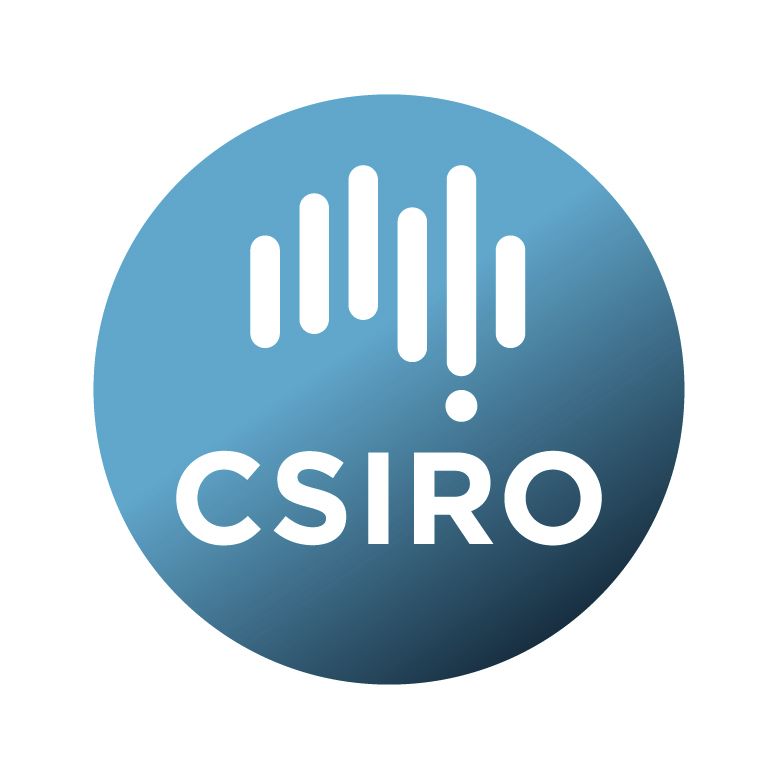Brief description
Aggregated metadata on environmental monitoring and observing activities from three Australian national research infrastructures (NRIs): biodiversity survey events from the Atlas of Living Australia (ALA, https://ala.org.au/), marine observations collected by the Integrated Marine Observing System (IMOS, https://imos.org.au/) and site-based monitoring and survey efforts by the Terrestrial Ecosystem Research Network (TERN, https://tern.org.au/). This dataset provides a summary breakdown of these efforts by survey topic, region and time period from 2010 to the present.\n\nSurvey topics are mapped to an EcoAssets Earth Science Features vocabulary based on the Earth Science keywords from the Global Change Master Directory (GCMD, https://gcmd.earthdata.nasa.gov/KeywordViewer/) vocabulary, modified to use taxonomic concept URIs from the Australian National Species List (ANSL, https://biodiversity.org.au/nsl/) in place of the GCMD Earth Science > Biological Classification vocabulary. ANSL categories map more readily to biodiversity survey categories, since GCMD depends on a top-level division between vertebrates and invertebrates rather than offering an animal category. The EcoAssets Earth Science Features vocabulary, including alternative keywords used in ALA, IMOS or TERN datasets, is included in this collection.\n\nThe primary asset is AggregatedData_EnvironmentalMonitoringAndObservationsEffort_1.1.2023-06-13.csv. This contains all faceted data records for the period and supported facets related to time, space and features observed.\n\nTwo derived assets (SummaryData_MonitoringAndObservationsEffortByMarineEcoregion_1.1.2023-06-13.csv, SummaryData_MonitoringAndObservationsEffortByTerrestrialEcoregion_1.1.2023-06-13.csv) further summarise the faceted data. Each is a pivot of the aggregated dataset.\n\nVocabulary_EcoAssetsEarthScienceFeatures_1.0.2023-03-23.csv contains the hierarchical terms used within this asset to categorise earth science features. TreeView_EcoAssetsEarthScienceFeatures_1.0.2023-03-23.txt provides a simpler, more readable view. KeywordMapping_EcoAssetsEarthScienceFeatures_1.0.2023-03-23.csv shows the mappings between these terms and the keywords used in source datasets.\n\nThe data-sources.csv file includes information on the source datasets that contributed to this asset. README.txt documents the columns in each data file.\nLineage: This dataset was created by the following pipeline:\n\n1. Metadata records were collected from the TERN linked data portal (https://linkeddata.tern.org.au/) for all TERN monitoring sites and survey activities. Feature terms follow the TERN Feature Type vocabulary, mapped to the EcoAssets Earth Science Features vocabulary. For features that have been measured continuously at the site, metadata records were created for each relevant year since commission of the site. For other sites and features, metadata records were generated only for years in which the site was visited. TERN metadata records are associated with site coordinates.\n\n2. Metadata records were harvested for datasets in the Australian Ocean Data Network (AODN, https://portal.aodn.org.au/) portal maintained by IMOS (iso19115-3.2018 format over OAI-PMH). Feature terms follow the GCMD keywords used in these metadata records. Metadata records were created for each year overlapping the data collection period for each dataset. Where the datasets were associated with a bounding box, records were created for each IMCRA region intersecting the bounding box.\n\n3. Metadata records were created for each biodiversity sample event published to the ALA and associated with a Darwin Core event ID and a named sampling protocol (see https://dwc.tdwg.org/terms/#event). Events were excluded if the set of sampled taxa included multiple kingdoms OR the sampling protocol was associated with <50 samples OR no sample included >1 species. The remaining samples were mapped to feature terms based on the taxonomic scope of all species recorded for the associated protocol. Year and coordinates were taken from the associate sample event.\n\n4. Metadata records from all sources were combined and include the following values. The feature facet values are offered as a convenience for grouping records without using the hierarchical structure of the EcoAssets Earth Science Features vocabulary:\n\n* Source National Research Institute (NRI – one of ALA, IMOS, TERN)\n* Dataset name (site name for TERN)\n* Dataset URI (site URI for TERN)\n* Original keyword from NRI (TERN feature type, IMOS GCMD keyword, ALA taxon)\n* Decimal latitude (where appropriate)\n* Decimal longitude (where appropriate)\n* Year\n* State or Territory\n* IBRA7 terrestrial region\n* IMCRA 4.0 mesoscale marine bioregion\n* Feature ID from EcoAssets Earth Science Features vocabulary\n* Feature name associated with feature ID\n* Feature facet 1 – high-level facet based on feature ID – a top-level GCMD Earth Science category (6 terms)\n* Feature facet 2 – intermediate-level facet based on feature ID – second-level GCMD/ANSL category (29 terms)\n* Feature facet 3 – lower-level facet with more fine-grained taxonomic structure based on feature ID – typically a third-level GCMD/ANSL category (36 terms)Available: 2023-09-26
Data time period: 2010-01-01 to 2023-05-31
Subjects
ALA |
ARDC |
Biodiversity |
Earth Sciences |
Earth and Space Science Informatics |
Earth science |
EcoAssets |
Environment |
Geoinformatics |
IMOS |
Marine Environment |
Monitoring |
Observations |
TERN |
Terrestrial Ecosystems |
User Contributed Tags
Login to tag this record with meaningful keywords to make it easier to discover
Identifiers
- DOI : 10.25919/2Y9J-JK11

- Handle : 102.100.100/600067

- URL : data.csiro.au/collection/csiro:60462



